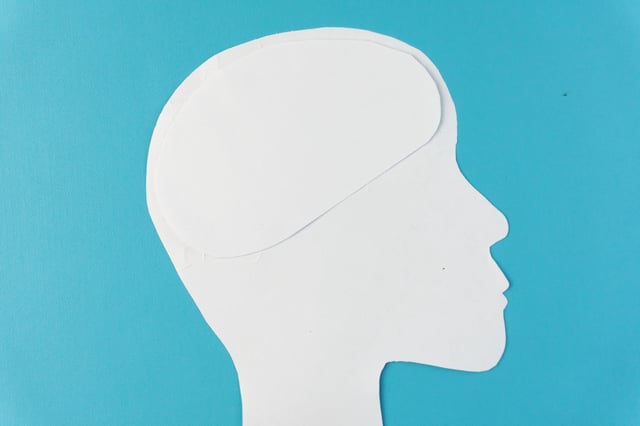Overview
- Mind blanking, characterized by an absence of conscious content, is now recognized as a distinct mental state, separate from mind wandering.
- Researchers identified unique neural signatures during mind blanking, including reduced brain signal complexity, sleep-like EEG waves, and local sleep episodes in specific brain regions.
- Episodes occur 5–20% of waking time and are more frequent after sustained attention tasks, sleep deprivation, and in individuals with ADHD.
- Mind blanking is clinically significant, included in the DSM-5 for generalized anxiety disorder, and linked to conditions like strokes, seizures, and traumatic brain injuries.
- A new arousal-based framework suggests that fluctuations in vigilance levels drive mind blanking, calling for further research into its mechanisms and subtypes.


